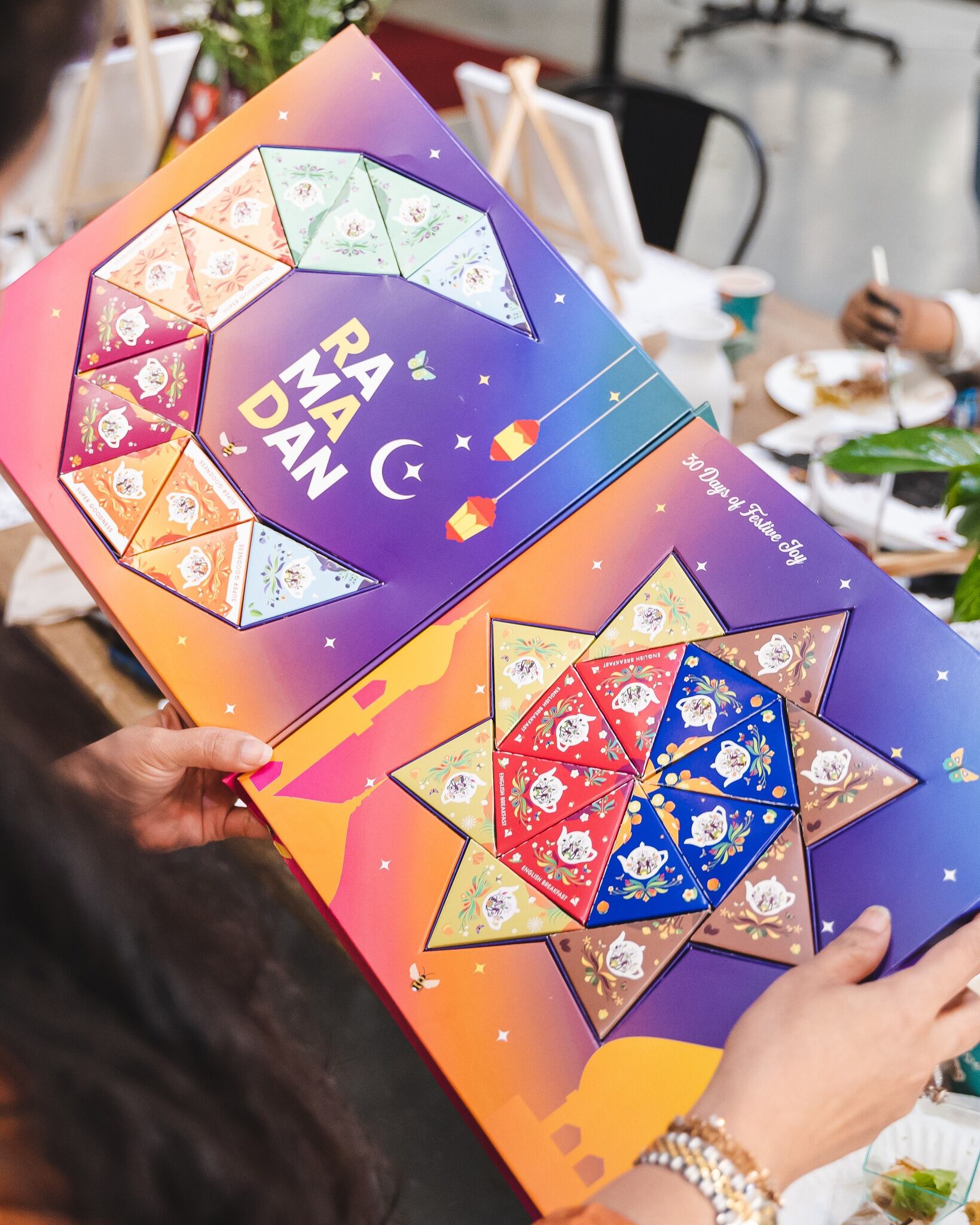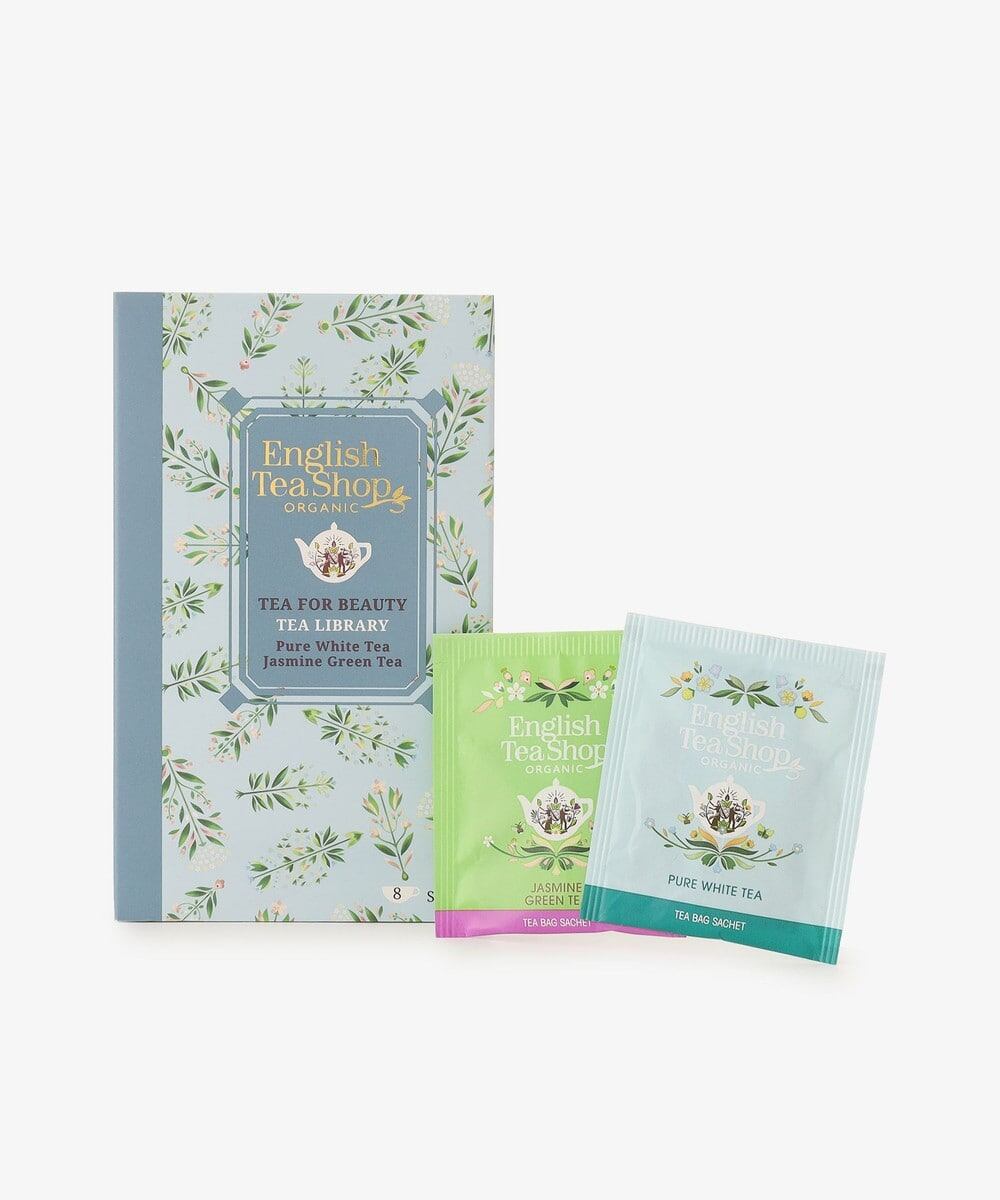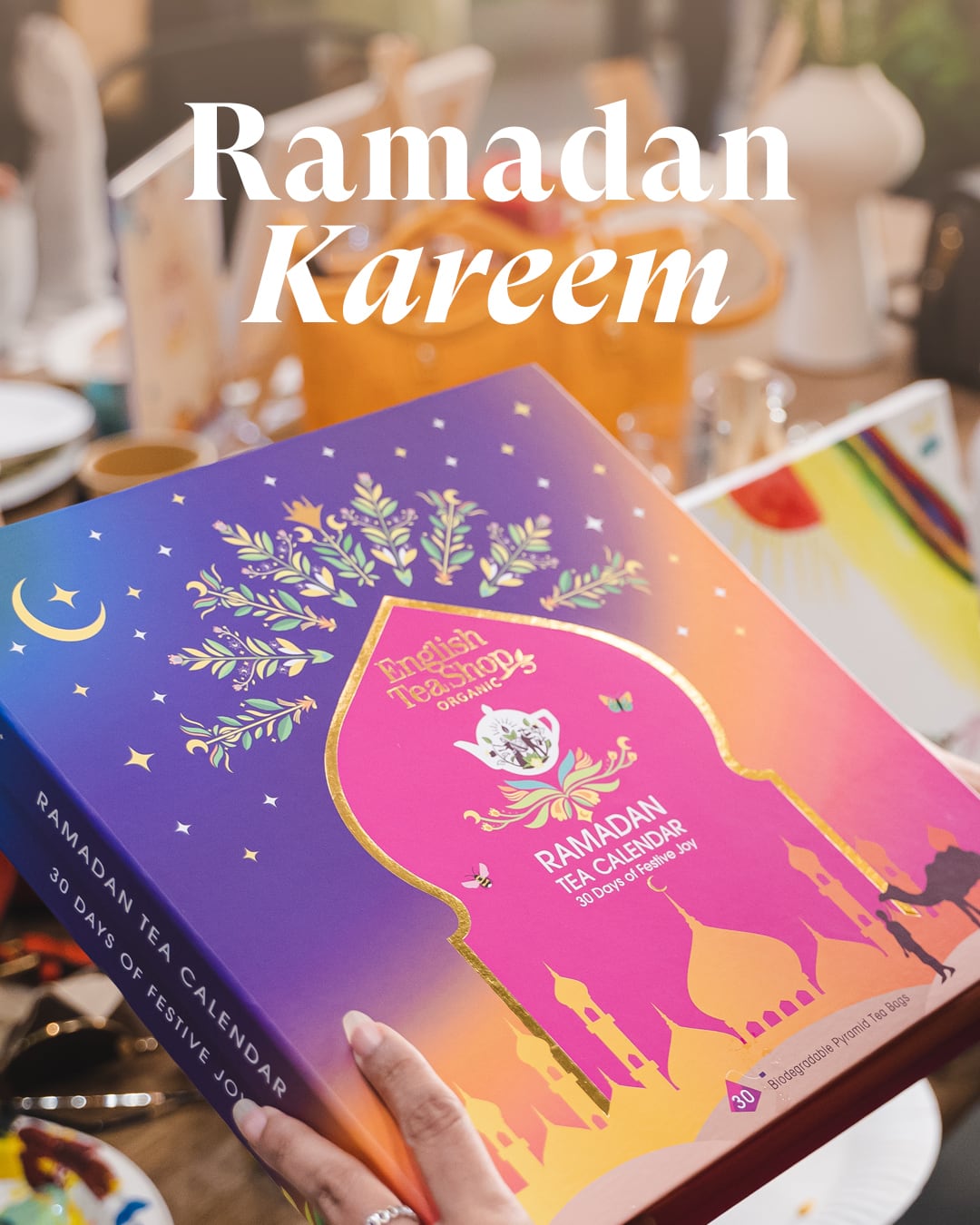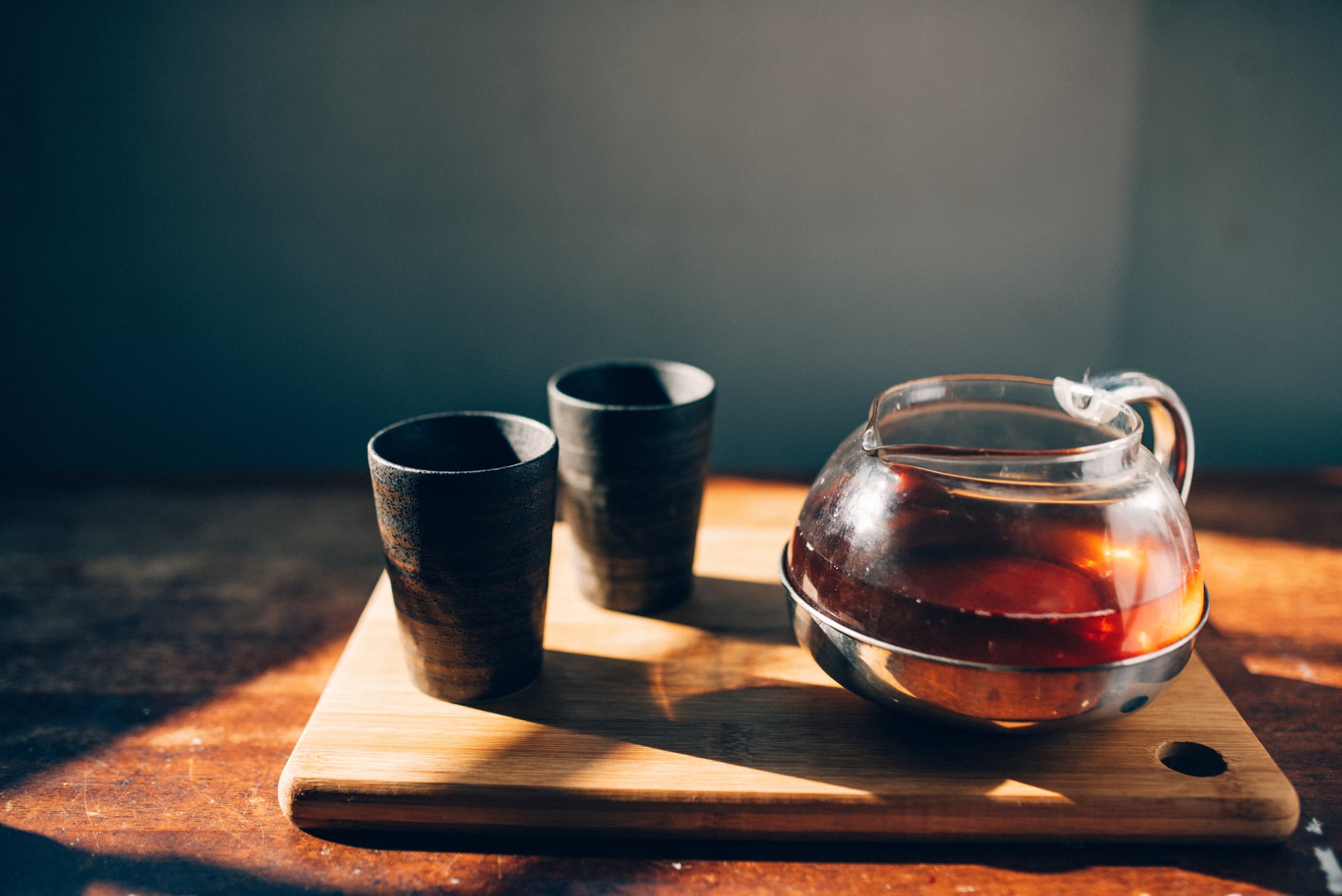Teas and tea-based beverages are not new to the Middle Eastern region, but the most common variants here are strong black teas or cardamom teas that are sweetened or flavoured.
The English Tea Shop is looking to convert Middle Eastern consumers from mainstream Arabic or Turkish teas into premium organic teas, starting with the United Arab Emirates (UAE) market.
“We have already established ourselves in markets from the United Kingdom to Sri Lanka to Singapore, and we now believe that there is enormous potential for premium teas in the Middle East as well,” English Tea Shop assistant communications manager Mayuri Gallage told us.
“One of our standout product categories has been tea calendars and tea libraries which really helped us reach consumers in Asia, so we plan to initiated our Middle Eastern entry into the UAE via these strategies as well.”
For its Middle East launch, the firm has created a bespoke Ramadhan tea calendar containing 30 teabags, designed for the consumer to open one ‘surprise blend’ every day in the fasting month.

“Tea is a common breakfast drink in this region, so we are just looking to upgrade the experience with premium teas,” she added.
“The main difference here is that we have found consumers prefer somewhat stronger teas compared to the European markets, and are also keen on products with a burst of flavour.”
At the moment, the most successful teas have been flavourful ones that also have the strength of traditional black tea.
“So things like English Breakfast and Earl Grey which are strong and traditional do have their market here, but what would take it up a notch is that added burst of flavour, e.g. a Vanilla Earl Grey,” she said.
English Tea Shop has already found its way into over 100 physical stores in the UAE via a partnership with the Life Pharmacy, and is working to enter even more stores including supermarkets.
Tea library adventures
Another concept the firm is looking to expand is its tea libraries, which are essentially a ‘book’ of eight tea sachets that are customised for specific functional purposes.
“In Japan, we have a range of such tea libraries catering to six specific functions,” she said.
“Each book will also contain information on the flavour profiles and functional benefits of the teas inside, for instance the Tea for Beauty book will have Pure White Tea and Jasmine Green Tea in it with notes from our Master Blender on how these are beneficial for the skin.”

In addition to Tea for Beauty, the range also covers Tea for Relaxation (Darjeeling and Ceylon black tea), Tea for Cheer (Vanilla earl grey and chai), Tea for Calm (Earl grey and English Breakfast), Tea for Sleep (Ceylon Cinnamon and Cocoa, Cinnamon & Ginger), and Tea for Decaf (Intense Chai and decaffeinated black tea).
“We see a lot of potential for this in the travel retail market, as we could customise these to contain localised teas in each different market,” she said.
“This of course includes the Middle East where we are still gathering insights on precisely what makes the local tea market tick, but once we get there, we will be able to customise blends that appeal to this market even more.”



